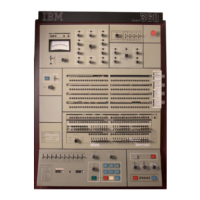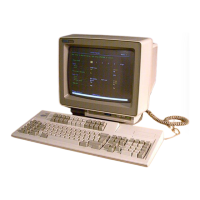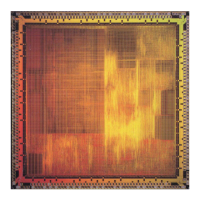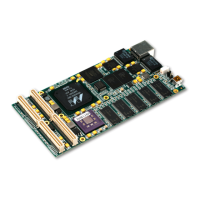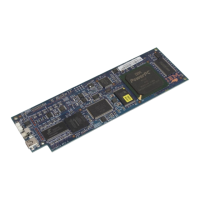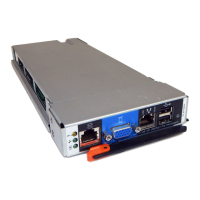In the first of the two examples, the value of number is 8. If the second example
directly followed the first in an exec, the value of number would become 12. More
about expressions is covered in “Using Expressions” on page 28.
Label
A label, such as Game1: (line 5), is a symbolic name followed by a colon. A label can
contain either single- or double-byte characters or a combination of single- and
double-byte characters. (Double-byte characters are valid only if you have included
OPTIONS ETMODE as the first instruction in your exec.) A label identifies a portion
of the exec and is commonly used in subroutines and functions, and with the
SIGNAL instruction. More about the use of labels appears in “Chapter 6. Writing
Subroutines and Functions” on page 69 and “SIGNAL Instruction” on page 58.
Null
A null is a comment or a blank line, which is ignored by the language processor but
make an exec easier to read.
v Comments (lines 1 through 4, 8 through 11, 16)
A comment begins with /* and ends with */. Comments can be on one or more
lines or on part of a line. You can put information in a comment that might not be
obvious to a person reading the REXX instructions. Comments at the beginning
can describe the overall purpose of the exec and perhaps list special
considerations. A comment next to an individual instruction can clarify its
purpose.
Note: To prevent incompatibilities with CLISTs, IBM recommends that all
REXX execs start with a comment that includes the characters
“REXX” within the first line (line 1) of the exec. Failure to do so can
lead to unexpected or unintended results in your REXX exec. This
type of comment is called the REXX exec identifier and immediately
identifies the program to readers as a REXX exec and also distinguishes it
from a CLIST. It is necessary to distinguish execs from CLISTs when they
are both stored in the system file, SYSPROC. For more information about
where and how execs are stored, see “Running an Exec Implicitly” on
page 17.
v Blank lines (lines 6, 18)
Blank lines help separate groups of instructions and aid readability. The more
readable an exec, the easier it is to understand and maintain.
Command
An instruction that is not a keyword instruction, assignment, label, or null is
processed as a command and is sent to a previously defined environment for
processing. For example, the word "TIME" in the previous exec (line 16), even
though surrounded by comments, is processed as a TSO/E command.
/* TSO system */ TIME /* command */
More information about issuing commands appears in “Chapter 8. Entering
Commands from an Exec” on page 97.
Execs Using Double-Byte Character Set Names
You can use double-byte character set (DBCS) names in your REXX execs for
literal strings, labels, variable names, and comments. Such character strings can be
single-byte, double-byte, or a combination of both single- and double-byte names.
To use DBCS names, you must code OPTIONS ETMODE as the first instruction in
the exec. ETMODE specifies that those strings that contain DBCS characters are to
Syntax of REXX Instructions
14
z/OS V1R1.0 TSO/E REXX User’s Guide

